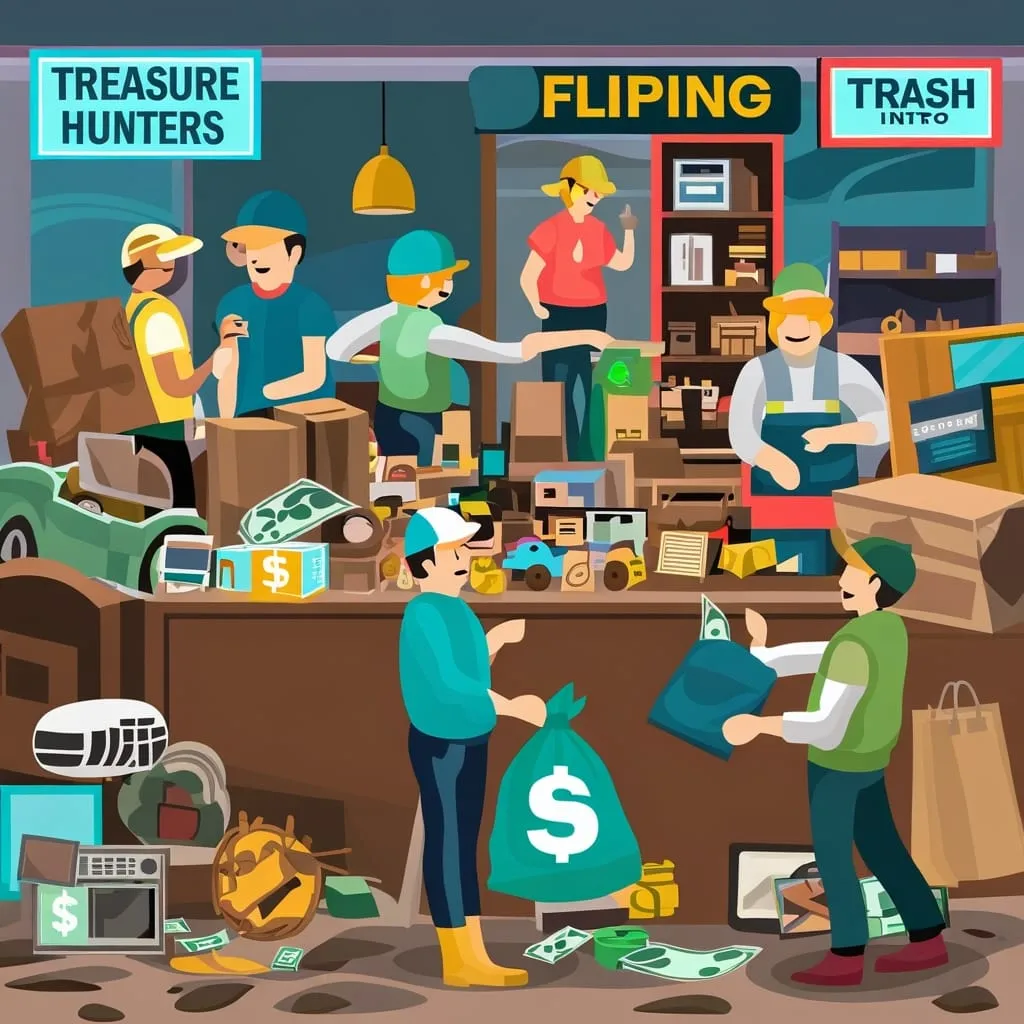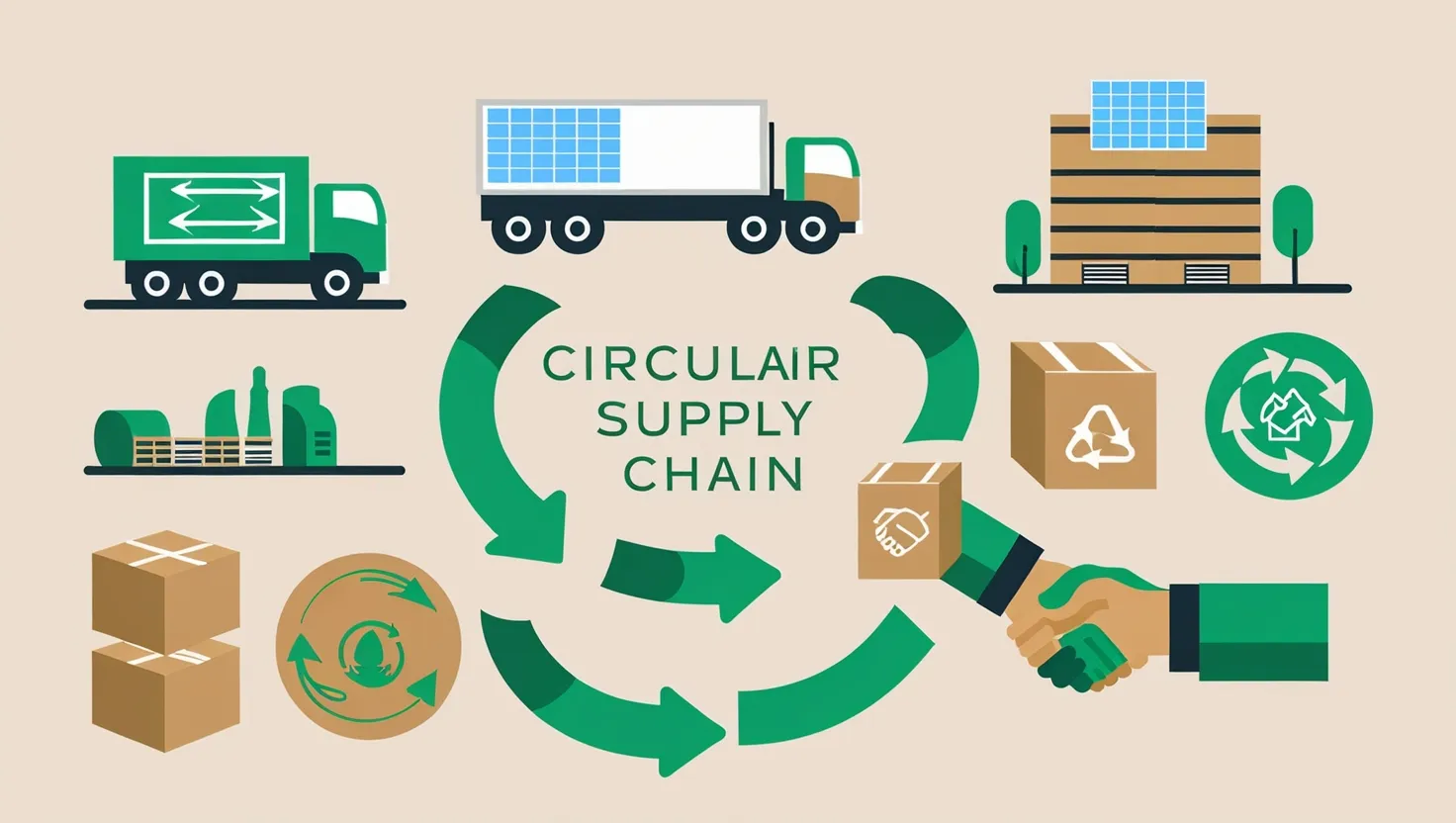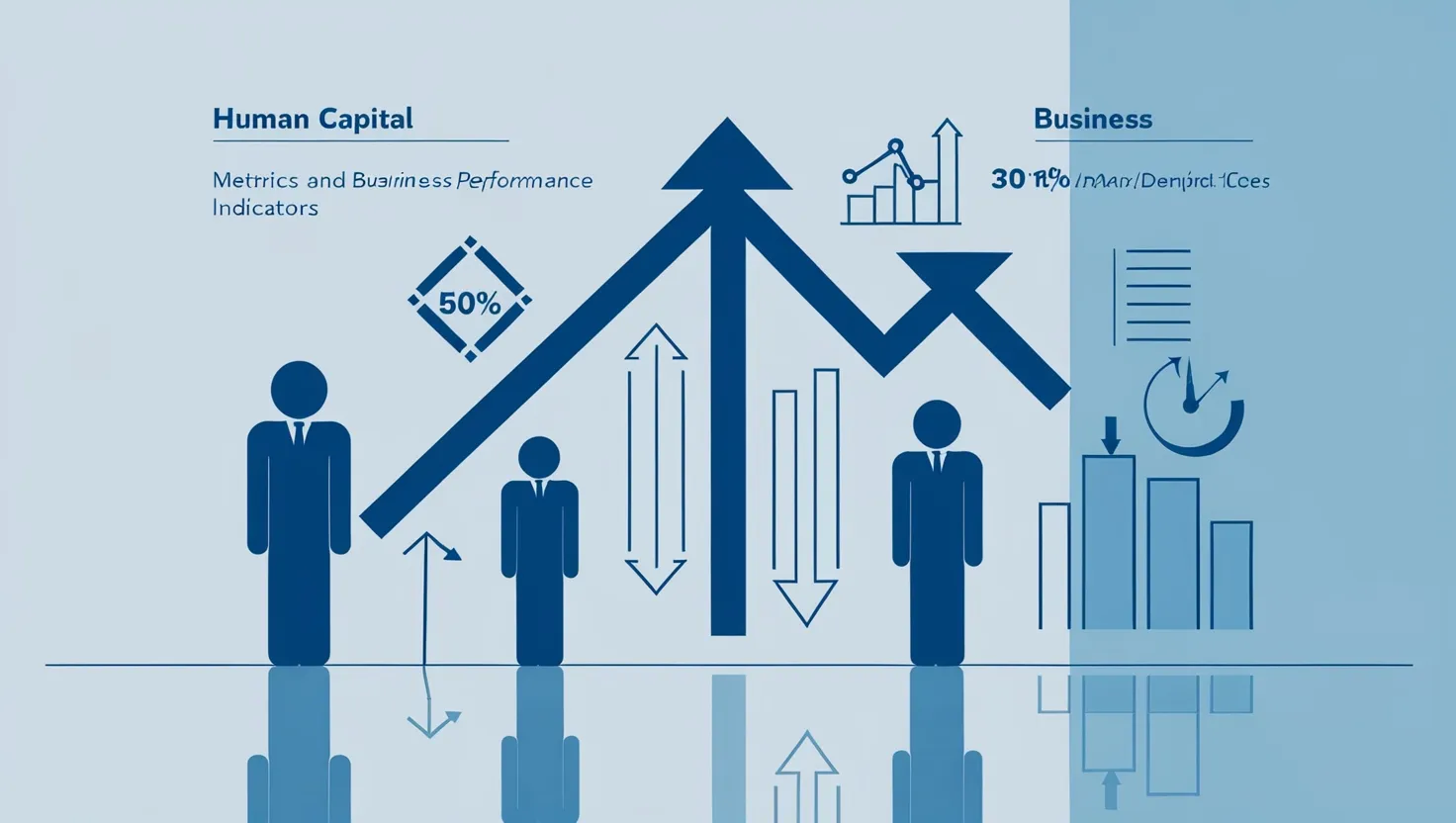Imagine this: you’re running a business in 2025, and every morning brings a new workforce puzzle. People are living and working longer, younger staff demand more flexibility, and skills gaps are widening, not shrinking. Across the globe, countries like Japan, Germany, and India are already reshaping how they think about work, and the lessons are fascinating—and sometimes unexpected.
Let’s start with automation, but not the way you might expect. In places like Japan, where aging is a fact of life, robots and automation are no longer about replacing people. Instead, they’re about helping people work better, longer, and with less strain. Factories are pairing up veteran workers with smart machines, aiming for a balance where technology takes over repetitive tasks, leaving humans to focus on supervision, quality, and creative problem-solving. This isn’t just a productivity story; it’s about dignity, about letting experience drive value instead of being sidelined. What if your company could blend automation with human oversight in a way that makes every generation feel valued?
Speaking of value, flexible work models are rewriting the rulebook. Younger professionals—especially those in tech and creative fields—aren’t looking for the corner office. They want location independence, the ability to hop between projects, and the chance to build a portfolio career. Companies that offer these options attract not just fresh talent, but also a more diverse and engaged workforce. Think about Infosys: their global mobility programs let employees move between countries and projects, keeping skills sharp and motivation high. This isn’t just about perks—it’s a fundamental rethink of what work means in a connected world.
But what happens when industries shift and job descriptions morph overnight? Mid-career professionals, especially those in manufacturing and retail, often find themselves needing new skills, fast. That’s where rapid skills development comes in. In Germany, Siemens’ dual vocational training system is legendary for blending classroom learning with real-world practice. Young and mid-career workers can reskill while earning, and companies get a pipeline of employees who are ready to hit the ground running. Imagine if every company could make learning this seamless—how much talent would we unlock, just by making training accessible and relevant?
Of course, not every solution is about the young or the new. Mature workers bring experience, judgment, and often a calming presence to the workplace. Initiatives like mentorship programs and phased retirement plans help these employees stay engaged and share what they know. At their best, these programs aren’t just about retention—they’re about building a culture where knowledge is passed down, not lost. Have you noticed how much smoother projects run when there’s someone in the room who’s “been there, done that”? That’s the value of mature worker retention.
Then there’s the big picture: global talent sourcing. Borders are blurring, and skilled workers are everywhere. Companies that tap into emerging markets—like India’s thriving tech sector—can find specialized skills at a fraction of the cost. This isn’t just outsourcing; it’s about building truly global teams, with members who bring fresh perspectives and local insights. Small firms, in particular, can use digital platforms to compete for top talent without the overhead of a global office network. What if your next star hire was already working halfway around the world, waiting for the right opportunity?
Now, let’s look at the impact. When multigenerational teams work together, the results can be surprising. Studies show that mixing experience with new ideas leads to higher productivity and more innovation. Remote work, once seen as a perk, is now a standard, and companies that adapt quickly see measurable gains. In manufacturing, tech, and healthcare—from Tokyo to Berlin to Bengaluru—these strategies are changing the game. And the best part? Many of these changes are cost-effective, especially for smaller firms willing to think creatively.
So, what can you do today? Start by asking: where does your company stand on automation? Are you building flexibility into your work model? How are you supporting mid-career reskilling? Are you making the most of your experienced staff? And are you looking beyond your local talent pool?
As you think about these questions, remember this: the workforce of the future isn’t just about technology or demographics—it’s about people. The way we work, learn, and connect is more fluid than ever, and the companies that thrive will be the ones that adapt to this new reality.
“The art of progress is to preserve order amid change and to preserve change amid order.”
—Alfred North Whitehead
Now, let’s dig a little deeper into each strategy, with a twist. Did you know that Japan’s aging workforce isn’t just a problem—it’s also a source of innovation? Companies are designing robots that assist, not replace, and the results are remarkable. Older workers are staying productive, and younger ones are learning from their experience. It’s a win-win, and it’s happening right now.
In Germany, the education system is built for lifelong learning. Whether you’re 20 or 50, there are pathways to gain new skills and stay relevant. Siemens is famous for this, but they’re not alone. Smaller firms are jumping on board, using government incentives and partnerships to train their staff. The result? A workforce that’s agile, motivated, and ready for whatever comes next.
In India, the story is about scale. With millions of young professionals entering the job market every year, companies have access to a vast, diverse talent pool. Infosys and others have turned this into an advantage, with global mobility programs that let employees work from anywhere, anytime. This isn’t just good for business—it’s a model for how the world of work can adapt to new realities.
Now, let’s talk about the less obvious angles. Did you know that phased retirement can actually boost productivity? When experienced workers stay on in mentorship roles, they help smooth transitions and prevent knowledge loss. And flexible work models aren’t just about convenience—they can reduce burnout and increase loyalty. In a world where work-life balance is non-negotiable, these aren’t just perks; they’re necessities.
Here’s a question for you: how many of your team members feel truly supported in their career growth? If the answer is “not enough,” you’re not alone. But the solutions are out there, and they’re simpler than you might think. Rapid skills development, mentorship, and global sourcing are all within reach, no matter the size of your company.
Let’s not forget about the power of multigenerational teams. When young and old work together, magic happens. Younger employees bring fresh ideas and digital fluency; older ones bring wisdom and perspective. The result? Teams that are more creative, resilient, and productive. And in a world where change is constant, that’s a real competitive advantage.
“Innovation is the ability to see change as an opportunity—not a threat.”
—Steve Jobs
So, what’s the next step for your company? Maybe it’s time to rethink your approach to automation. Or perhaps it’s about building a more flexible work environment. Maybe you need to invest in rapid skills development or launch a mentorship program. Whatever you choose, remember: the workforce is changing, and so must we.
Here’s another question: have you considered the true cost of not adapting? In a world where talent is mobile and expectations are high, standing still isn’t an option. The companies that thrive will be the ones that see change as a chance to grow, not a threat to stability.
Let’s wrap up with a thought: global demographic shifts are reshaping the way we work, but they’re not just challenges—they’re opportunities. Whether it’s through automation, flexible work, rapid reskilling, mature worker retention, or global sourcing, the future is bright for those willing to adapt.
So, what will your company’s next move be? How will you make sure your workforce is ready for the future? The answers might be simpler than you think. Start small, think big, and remember: the best strategies are the ones that put people first.
“The only way to make sense out of change is to plunge into it, move with it, and join the dance.”
—Alan Watts
And with that, I leave you with one last question: Are you ready to join the dance? Because the future of work is already here, and it’s calling your name.






